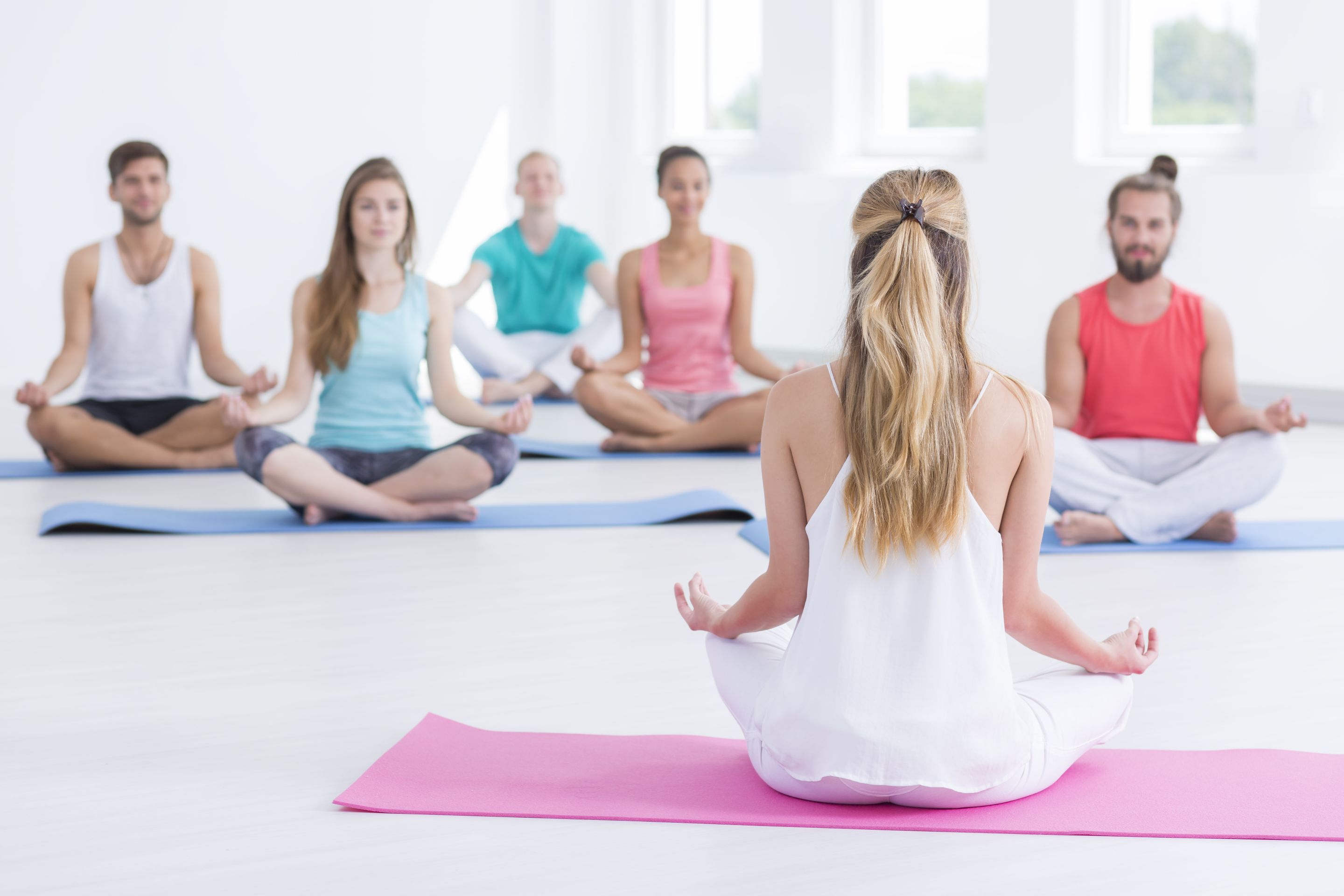How to meditate
So you want to know how to meditate? Meditation is a practice that people use in different ways and for various reasons, from seeking relaxation to accessing deeper states of consciousness. Here's a basic guide to start a meditation practice:
1. Find a Quiet Space
- Location: Choose a quiet place where you won't be disturbed. This could be a dedicated corner of a room, a quiet park, or even your bedroom.
- Ambiance: Some people like to set the mood with dim lighting, candles, or soft background music or nature sounds.
2. Choose a Comfortable Position
- Sitting: Most people find it helpful to sit on a cushion on the floor with their legs crossed. However, you can also sit in a chair with your feet flat on the ground. Ensure your back is straight.
- Lying Down: Some forms of meditation, like body scan or progressive relaxation, may be done lying down.
- Hand Position: Rest your hands on your lap. They can be palm-up, palm-down, or in a specific mudra (hand position) if you're following a particular tradition.
3. Close Your Eyes
- Gently close your eyes. This helps reduce visual distractions and can make it easier to focus inwards.
4. Focus on Your Breath
- Begin by noticing your breath. You don't have to change the way you breathe; simply pay attention to it.
- Notice the sensation of air as you inhale and exhale, whether it's at the nostrils, chest, or abdomen.
- Whenever your mind wanders, gently bring your focus back to your breath.
5. Expand Your Awareness
- As you become more practiced, you can expand your awareness to other sensations in your body, sounds in the environment, or even your thoughts and emotions.
6. Guided Meditation
- If you're finding it challenging to meditate on your own, you can start with guided meditations. There are many apps and online resources with recordings that lead you through a meditation session.
7. Start with Short Sessions
- If you're new to meditation, start with short sessions, like 5-10 minutes, and gradually increase as you become more comfortable.
8. Develop Consistency
- Try to meditate regularly, whether it's daily, every other day, or whatever fits best into your schedule. Consistency can help deepen your practice.
9. Mindful Reminders
- Aside from dedicated meditation sessions, incorporate mindfulness into your day. This could mean taking a few moments to breathe deeply or being fully present while doing everyday tasks.
10. Manage Expectations
- It's natural for the mind to wander during meditation. Instead of being hard on yourself, acknowledge the distraction and gently return your focus.
- Meditation is a practice, which means it's something you'll improve at over time. Celebrate your efforts rather than seeking perfection.
11. Explore Different Techniques
- There are many meditation techniques, including mindfulness, transcendental meditation, loving-kindness meditation, and more. Explore different methods to find what resonates with you.
Now you know how to meditate. Remember, meditation is a personal experience, and there's no one "right" way to do it. The most important thing is to find a practice that feels right for you and serves your well-being.
Category: Meditation Instruction
Business News
Popular Posts
- How Mind Balance Can Improve the Mindsets of Employees
- Bridging Beliefs - Finding Common Ground in Love and Respect
- The SmartGuy Vision - A United Future Through Interfaith Love and Respect
- Balancing Act - How Understanding Personalities Could Unlock World Peace
- Harnessing Personality Assessment for Enhanced Well-being and Fulfillment
- Fostering Harmony Among Christianity Islam Buddhism Hinduism and Judaism
- Exploring World Religions - A Colorful Journey for Kids
- The Essence of Islam - Understanding Its Beliefs Rituals and Cultural Significance
- Preparing Kids for Adulthood - 15 Vital Skills They Wont Learn in School
- Cultivating Key Skills to Overcome Anti-Semitism and Hate
- How Mind Balance Empowers You Against Misinformation
- Clearing Mental Plaque: The Path to Enhanced Communication and Divine Connection
- Living the Teachings of Jesus - 100 Lessons for a Compassionate and Faithful Life
- How Mind Balance Brings People Closer to God
- Ways to Remove Stress from Trauma in the Nervous system
- Why Return to Jesus Christ and the Church
- Bacon-Wrapped Chicken Thighs with Creamy Garlic Sauce
- Stuffed Bell Peppers with Quinoa and Black Beans
- Promoting Complete Mental Well-Being - Addressing Genetics and Medical Conditions
- The Long-Lasting Impact of Child Abuse on Mental Health
